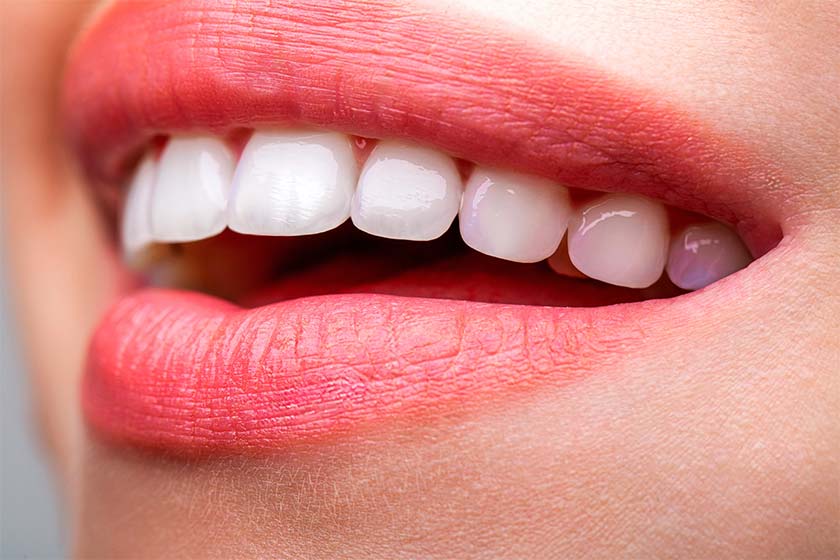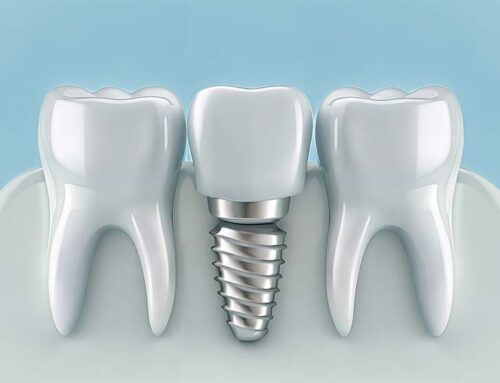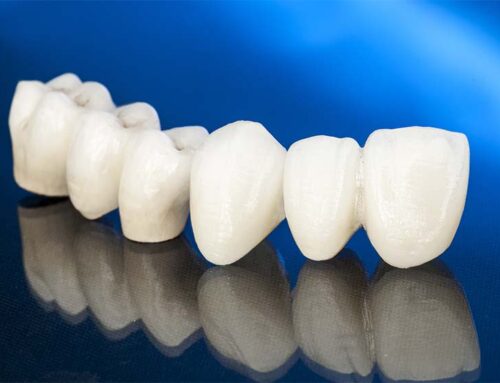Everyone shares the same expectation in veneer treatment: a natural, elegant smile that perfectly complements the face. The design process, as much as the materials used, plays a critical role in determining the final result. Thanks to digital measurements, color analyses, and personalized smile planning, it is now possible to create veneers that are indistinguishable from natural teeth.
How is a “natural look” created? Let’s explain step by step.
Face and Smile Analysis: Everything Starts with Symmetry
Achieving a natural smile is not just about looking at the teeth. Facial features, lip shape, smile height, and even tooth visibility during speech all influence the design. The dentist’s goal during this analysis is to make the smile, not just the teeth, appear natural.
Key factors include:
-
Facial proportions
-
Lip line
-
Tooth occlusion
-
Gum levels
All these elements are evaluated together, and the veneer shape is integrated into this holistic plan.
Color Selection: Naturalness Over Whiteness
The secret to natural-looking veneers is the correct shade. Completely “bright white” teeth do not always appear aesthetic. What matters is mimicking the tooth’s internal color transitions, light transmission, and enamel texture.
Important details in color selection:
-
Enamel-like translucency
-
Natural shine
-
Multi-layered porcelain application
-
Replicating natural lines and surface textures
These details create a look that is both natural and healthy.
Digital Smile Design (DSD): Previewing the Result Before Treatment
One of the most valuable contributions of technology is showing the patient the expected result before treatment. Digital Smile Design evaluates facial features and tooth shape together, creating a virtual smile plan.
Benefits include:
-
Dentist and patient share the same vision
-
Design is communicated clearly to the lab
-
Reduces the risk of surprises at the end of treatment
DSD serves as a strong guide for achieving a natural appearance.
Shape Selection: Every Face Type Has Its Own Character
A single form cannot be used for all veneer designs. Everyone’s facial structure, expressions, and tooth characteristics are unique. Some faces look natural with softer tooth lines, while others suit sharper contours.
For example:
-
Oval faces: rounder tooth shapes
-
Square faces: sharper, more defined forms
-
Long faces: slightly wider designs
This harmony is fundamental to a natural-looking smile.
Mock-Up Stage: A Real-Life Rehearsal of the Design
The mock-up is the first real-life test of the digital design in the patient’s mouth. The patient talks, smiles, and uses their usual expressions to experience how the design fits in real life.
Advantages of the mock-up:
-
Evaluates the dynamic smile
-
Allows small corrections
-
Gives the patient confidence before treatment
This stage is often the final touch that perfects the natural appearance.
Laboratory Work: The Final Touch That Defines Naturalness
Natural-looking veneers are impossible without precise laboratory craftsmanship. Skilled technicians add microscopic details that replicate enamel, affecting how light interacts with the teeth.
Key details include:
-
Expertly crafted enamel lines
-
Layering techniques for light effects
-
Natural shine on the porcelain surface
-
Fine, soft finishing of edges
This step is the final stage in achieving a result that is both natural and aesthetic.
Conclusion: Natural Appearance Is Not a Coincidence, but the Result of Careful Planning
A natural veneer is the product of a team effort, from facial analysis and color selection to digital design and laboratory work. Each smile is unique, and veneer design should always be personalized.







Leave A Comment